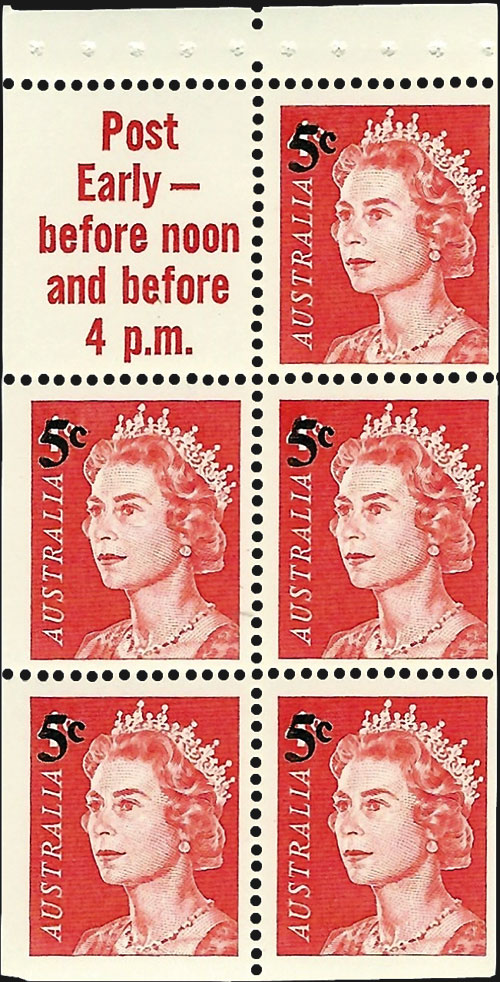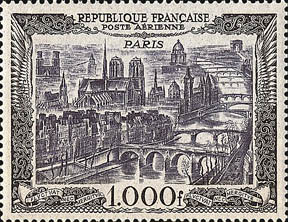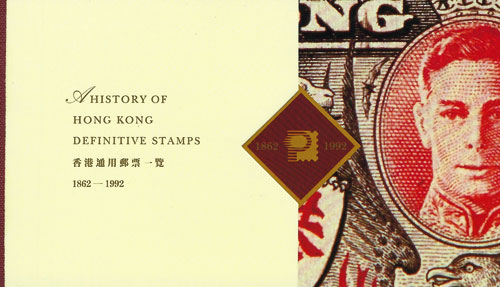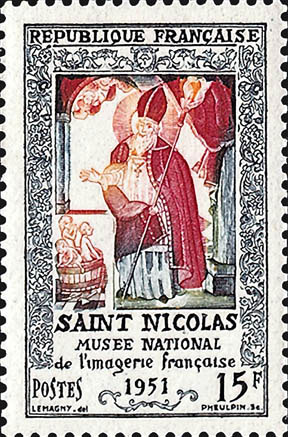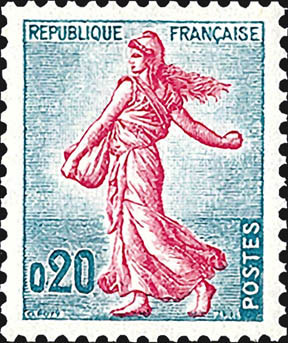Insights
insights
Innovation and function shaped the evolution of stamp booklets
Stamps are issued in several formats, all of which are collectible.
For a postal customer, buying a booklet of stamps is convenient. Most stamp booklets are made to fit into a wallet or handbag so stamps are handy whenever and wherever they are needed.Many stamp collectors focus solely on stamp booklets as their collecting specialty.
For a stamp collector, booklets provide challenge and variety.
The first postage stamp booklets were issued in Luxembourg in 1895.
Four panes containing six 5-centime Grand Duke Adolphe profile stamps (24 stamps total) make up the "pages" of the booklet, which has a green cardboard cover.
The cover and the panes of stamps are held together with a single stitch.
The booklet was an instant success, and it didn't take long for other countries to begin offering stamps in booklet format.
For years, the only change in booklets was a switch from stitch binding to stapled binding. Figure 1 shows a stitched booklet issued by Australia in 1965.
The Australian booklet contains two panes of six Queen Elizabeth 5-penny stamps separated with printed advertising and informational interleaving.
Paper interleaving was sometimes added to keep stamps with moisture-activated adhesive from sticking together in damp climates.
Sometimes the interleaving had advertisements, postal rates or other useful information printed on it.
Over time, methods of securing stamp panes into the covers changed again. Instead of binding the booklets, the pane or panes of stamps were glued into the covers by their own selvage.
Figure 2 shows the Oliver Wendell Holmes booklet of 24 stamps issued by the United States in 1978 (Scott BK117A).
The booklet contains three panes of eight 15¢ stamps, each affixed one on top of the other by the gummed tabs at the top of the pane.
Booklet stamps often have straight edges on one or two sides. This occurs when the individual stamp panes are cut from the sheet prior to assembling the booklets.
The Scott Specialized Catalogue of United States Stamps and Covers has several diagrams of how sheets of booklet panes were laid out and how the selvage, gutters, tabs and marginal markings played a role in booklet production.
In 1969, Great Britain issued a booklet that was a handy way to carry a variety of current postage stamps — and it doubled as a little cookbook.
This new kind of "added value" booklet is called a prestige booklet, and many of the world's postal administrations have issued them commemorating all kinds of interesting subjects.
Figure 3 shows a prestige booklet issued by Hong Kong in 1992 that describes the history of Hong Kong definitive stamps.
There are 64 pages in the booklet, only three of which contain postage stamps. The rest of the booklet pages recount the history of Hong Kong stamps beginning with Queen Victoria and continuing to the 1992 Queen Elizabeth stamps included in the booklet.
Folded booklets were the next advancement in stamp booklet technology. In this iteration, the panes of stamps were folded and glued by their tabs onto the inside of the cardboard cover.
It made the booklet slightly more compact in length and girth, but it weakened the perforations where the panes were folded. This did not bother postal customers, but it became a source of concern for stamp collectors.
The Holmes booklet shown in Figure 2 is a folded booklet.
Nearly all of the stamps issued in the United States today are self-adhesive. Booklets are primarily sold in the form of stamps manufactured on a double-sided peelable backing paper and cut into panes of 20.
A thin, removable strip on this pane facilitates easy folding. The folding process converts this item from a pane of stamps to a booklet and enables it to fit into a wallet or purse without damaging the stamps.
Booklet collectors, however, save these panes folded flat, without removing the peelable strip.
These are called convertible booklets. The first U.S. convertible booklets were issued in 1992.
Figure 4 shows the unfolded booklet of 17 stamps in a format that includes a single black label instructing the user the proper way to address an envelope, and 17 postage stamps. The removable vertical strip is in the center of the pane.
Since the convertible booklet has no pages, perhaps it would be more accurate to call this a "folder," but the U.S. Postal Service continues to use the name "booklet," because that is what most of its mailing customers request.
There are different methods of collecting booklets.
Some collectors are only interested in saving the booklet panes. The pane is a unit cut from a larger sheet that usually consists of hundreds of stamps.
Older panes of perforated booklet stamps usually consist of six or eight stamps, sometimes fewer and sometimes more.
The pane includes the selvage. To collect a complete pane it has to be removed intact, with its selvage, from the booklet.
It is relatively easy to remove a booklet pane from a booklet that has been sewn or stapled.
Figure 5 shows an intact booklet pane from a 1967 sewn Australian booklet (Scott 398a).
Notice that this intact pane includes a label with a printed message, and selvage paper across the top. The pane has been removed by carefully removing the stitches and separating the different elements of the booklet.
It is more difficult to remove individual booklet panes that are stuck down to the booklet cover by their own selvage.
Some collectors have been able to remove a pane with the selvage intact by soaking a length of thread in warm water and then sliding it under the selvage and gently moving the thread back and forth in a sawing motion.
If you want to try this trick, begin with an inexpensive or damaged booklet and make certain the pane is completely dry before you put it away.
Some collectors will "explode" a booklet; that is, they take it apart carefully piece by piece and save all the parts.
Once exploded, a stamp booklet that, for example, had three pages stitched into a cover would be carefully disassembled. The panes of stamps would be removed and mounted individually. The cover would also be mounted on the album page with the panes, and yes, even the thread that once held the booklet together would be mounted on the same page.
The easier way is to collect the entire booklet intact. The downfall is that you cannot see the stamps unless you pick up the booklet and thumb through it. The repetitive handling of the booklet could easily damage it over time.
For those who really like a challenge, try finding booklet freaks and errors. Booklet panes can be miscut. You might be able to find stamps in a booklet pane that had a paper crease prior to printing, and when smoothed out become what is called a "foldover" with an unprinted area in the crease.
Some booklet panes are known to have misplaced or missing perforations.
Collecting booklets of stamps can be complicated or simple, depending on what you want to collect and how you want to collect them. The next time you are looking for something new to try, check out stamp booklets, the most popular stamp format with postal customers.
MORE RELATED ARTICLES
Headlines
-
US Stamps
Oct 7, 2024, 3 PMMcMurtrie dismissed as APS education director following Sept. 21 arrest
-
US Stamps
Oct 7, 2024, 12 PMVasiliauskas named president of Mystic Stamp Co.
-
US Stamps
Oct 6, 2024, 5 PMApgar souvenir card available
-
US Stamps
Oct 6, 2024, 4 PMFirst Continental Congress and U.N. stamps receive Scott catalog numbers
